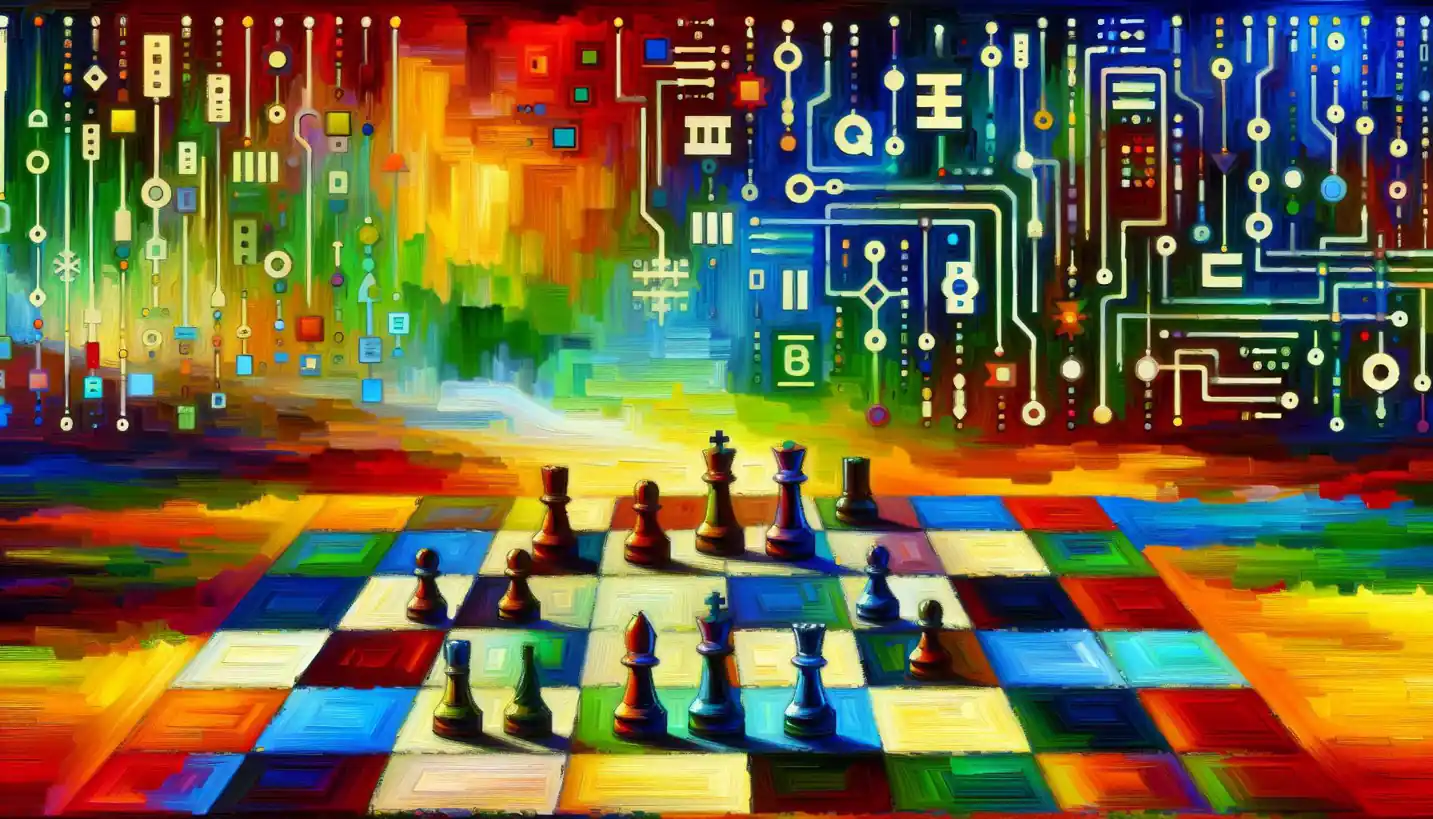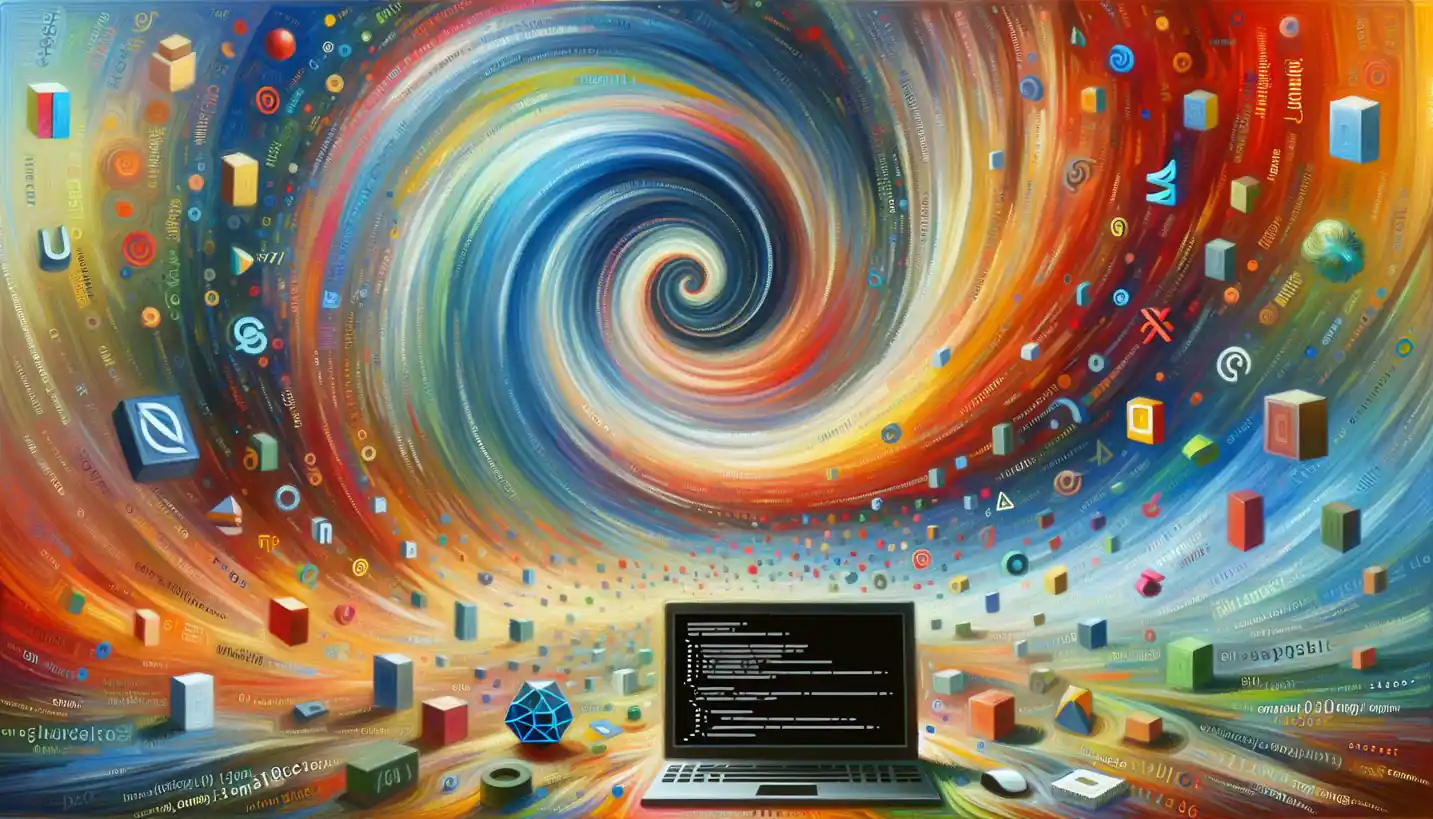· Computer Science · 4 min read
Smart Grid: Revolutionizing Energy with IoT
Smart grids are transforming how we manage energy, thanks to IoT advancements. Learn how this technology is making energy systems more efficient and intelligent.

Once upon a time, electricity simply flowed from power plants to homes, like water through a garden hose. You flipped a switch, and light appeared without much thought about how it all happened. But today, with the growing popularity of the Internet of Things (IoT), we’re stepping into a new era with something called the “smart grid,” which is poised to change everything about how we use and think about energy.
The Basics of the Smart Grid
The smart grid is like upgrading our old garden hose to a modern sprinkler system that knows exactly when and where to spray. Traditionally, electricity grids were one-way streets: power plants generated electricity, and it traveled to homes and businesses. The smart grid transforms this into a two-way interaction.
Imagine your electricity network is a bustling city rather than a lonely road. Here, each device connected to the grid can send and receive data. IoT devices, such as smart meters, play a crucial role. They collect real-time information about energy consumption and send it back to energy providers. This feedback loop helps suppliers balance the load, improve efficiency, and even spot problems before they cause outages.
How the Smart Grid Works
Think of the smart grid as a giant, interconnected web, bringing together automation, digitization, and communication technology. At its heart are smart meters. Unlike traditional meters, which need to be manually read, smart meters communicate directly with energy providers. They constantly update information about how much electricity a neighborhood or individual home consumes.
But there’s more. Other IoT sensors and devices in the grid monitor the condition of power lines, transformers, and other critical infrastructure. This means if a tree falls and knocks out a line, the grid can reroute power automatically, reducing downtimes and enhancing reliability.
Benefits of a Smart Grid
Now, let’s talk about why this evolution is so important. First off, smart grids can make energy consumption more efficient. By analyzing data from smart meters, energy providers can offer dynamic pricing, where electricity costs vary depending on demand. During peak times, prices increase, encouraging users to shift non-essential usage to off-peak hours.
This system also makes incorporating renewable energy sources, like wind and solar power, much easier. These sources can be inconsistent – the sun doesn’t always shine, and the wind doesn’t always blow. But with a smart grid, we can better balance these fluctuations, storing energy when there’s a surplus and distributing it during shortages.
Examples of Smart Grid in Action
To help visualize the impact, think about how you receive weather forecasts. Meteorologists use data from numerous sensors and satellites to predict future weather conditions accurately. Similarly, smart grids can predict energy demands.
Take, for example, the city of Austin, Texas. Their smart grid initiative, called Pecan Street Project, allows residents to monitor their energy use in real-time, directly from their smartphones. This empowers individuals to make smarter choices about when to run their appliances, leading to more conscious and sustainable energy use.
Challenges and Considerations
While the smart grid offers remarkable potential, it doesn’t come without challenges. One major concern is security. With everything connected, cyber threats become a real risk. If hackers were to breach the system, they could potentially disrupt entire power networks.
Privacy is another issue. With detailed data about energy usage, there must be safeguards to ensure individual privacy. The question of who owns the data and how it’s used is crucial.
The Future of Smart Grids
Looking forward, smart grids are set to become more sophisticated. Think about electric vehicles (EVs). As they become more widespread, our grids will need to adapt. Smart grids can communicate with EVs, deciding when to charge them to avoid overwhelming the system during peak times.
Furthermore, smart grids could lead to smart homes and cities. This interconnectedness means appliances can automatically adjust based on the power supply, street lights that dim during low traffic, and even buildings that optimize their energy use for maximum efficiency.
Why the Smart Grid Matters
So, why should you care about the smart grid? Because it represents a fundamental shift in how we interact with one of our most essential resources. It promises a more sustainable, reliable, and efficient way to manage electricity.
It’s exciting to imagine a future where power outages are rare, and our consumption patterns are more in tune with the natural world, thanks to technology. With IoT, computer science, and innovative ideas, the smart grid is just the beginning of how we can harness technology to create a better, brighter future.
As the world becomes more interconnected, understanding and embracing innovations like the smart grid will be key to solving some of our biggest energy challenges. Whether you’re a tech enthusiast or just someone who flips a light switch, the smart grid is something that touches us all, promising a smarter future for our communities and our planet.



